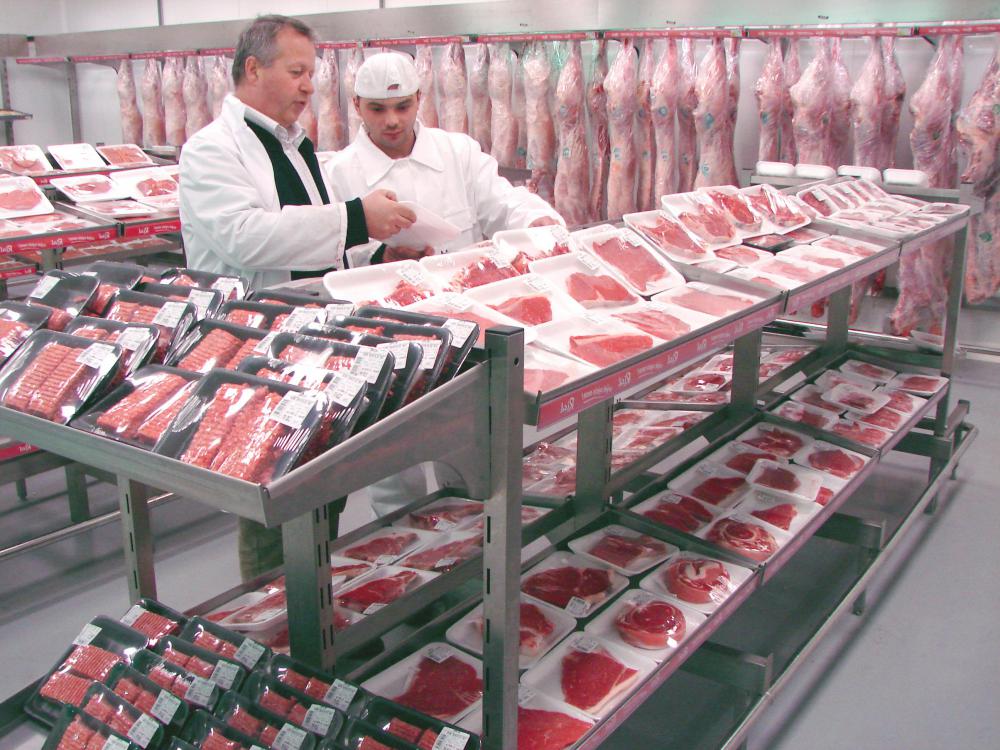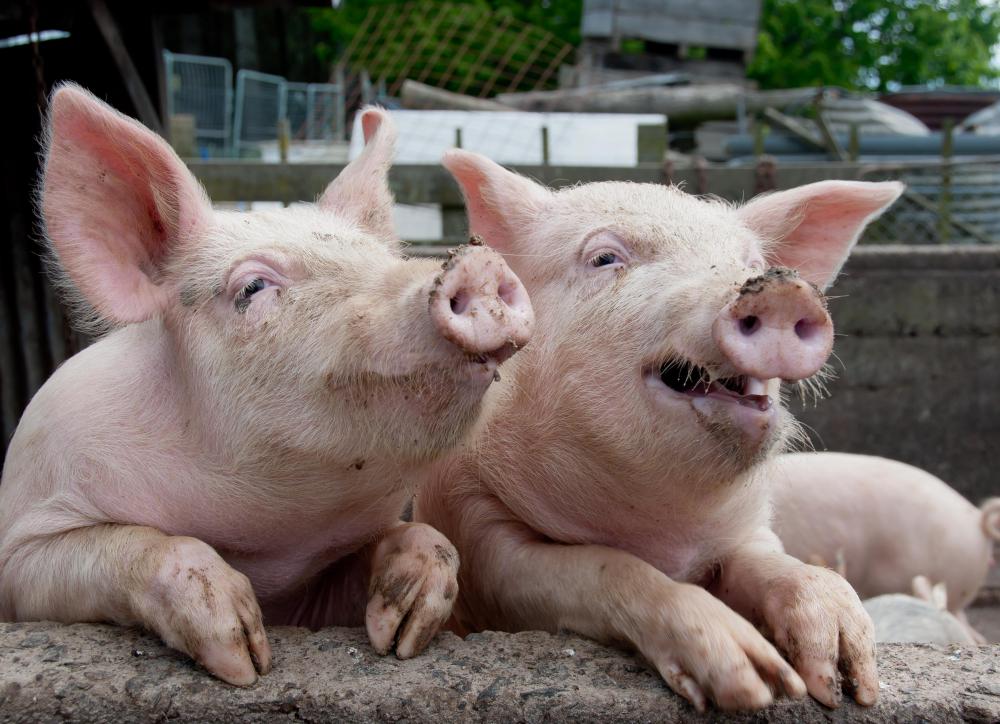At WiseGEEK, we're committed to delivering accurate, trustworthy information. Our expert-authored content is rigorously fact-checked and sourced from credible authorities. Discover how we uphold the highest standards in providing you with reliable knowledge.
What is the Meat Industry?
The meat industry, which is also known as the meat packing industry, is the aggregate of businesses responsible for the packaging and sale of meat. This industry is wide stretching and includes all levels of slaughtering, processing, and distribution of the meat for sale to consumers and to foreign markets. It includes the processing of cows, pigs, and any other livestock. This industry includes both those meats packaged and sold for human consumption and those meat by-products that are sold for numerous other purposes.
Admittedly, though the meat industry's main purpose is the distribution of meat for human consumption, it has large pockets of success in the incidental products created from the collective meat packaging process. This allows for less waste of by-products and a marketable solution for what would possibly have been disposed of without profit. These by-products include blood meal, feathers from poultry, and bone meal from processing and preparation of meat for market, among a host of other by-products.

Until the 1920s, Chicago was the center of the meat industry. This was due in part to the reality that Midwesterners held the large majority of farms where livestock were raised. With the continuing development of the railroad system, however, the meat packing industry expanded its horizons on the map, and the locations of packing houses spread across the states.

While it has not recently faced the great expansion of its earliest days, the meat industry continues to develop. Pork, poultry, and fish have furthered this expansion, as the consumption of these meats has significantly grown in recent decades. Changing consumption patterns continue as people focus on healthier lifestyles and eating habits that reflect these lifestyle changes. The demand for poultry and fish is replacing meats that were once considered staples of the American diet.

Even with the changing patterns of consumption, the United States continues to have the largest number of meat packers, which total approximately 10 in comparison to the foreign conglomerates, which number only five as of 2010. Within the United States, four companies control the processing of some 80 percent of meat. Due to this, meat packaging companies are powerful entities. The meat industry continues to flourish despite its lack of progression comparable to that of other industries.
AS FEATURED ON:
AS FEATURED ON:

















Discussion Comments
what is blood meal? how is it prepared?
Post your comments